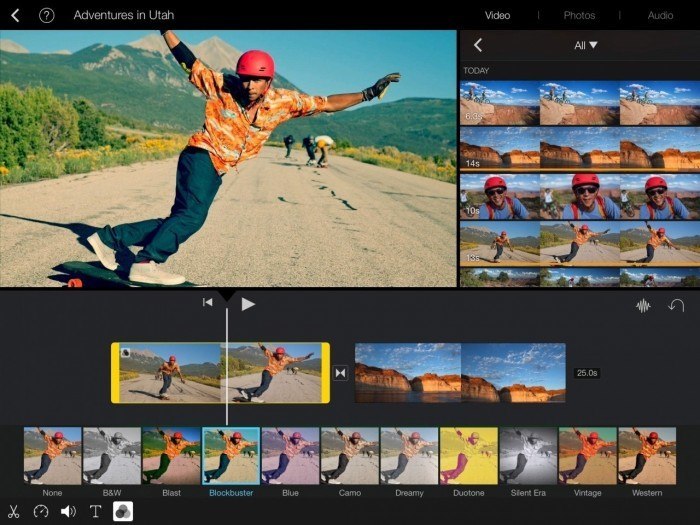- El Capitan Mac
- Imovie 10 El Capitan Alex Honnold
- Imovie 10 El Capitan 10.11
- Imovie 10 El Capitan Installer
To get the latest features and maintain the security, stability, compatibility, and performance of your Mac, it's important to keep your software up to date. Apple recommends that you always use the latest macOS that is compatible with your Mac.
Learn how to upgrade to macOS Big Sur, the latest version of macOS.
Check compatibility
If a macOS installer can't be used on your Mac, the installer will let you know. For example, it might say that your Mac doesn't have enough free storage space for the installation, or that the installer is too old to be opened on this version of macOS.
If you want to check compatibility before downloading the installer, learn about the minimum requirements for macOS Catalina, Mojave, High Sierra, Sierra, El Capitan, or Yosemite. You can also check compatible operating systems on the product-ID page for MacBook Pro, MacBook Air, MacBook, iMac, Mac mini, or Mac Pro.
This is a quick tutorial on how to fix iMovie images and stills turning black or green with El Capitan upgrade. This will only work with jpg format, this is. IMovie 10 is considered to be easy to read, fun to edit, and simple to share since its release on October 22, 2013. IMovie 10 is free bundled with all new purchased Macs with Mavericks system. However, iMovie 10 isn’t perfect, at least for those who ever tried to burn iMovie.
Make a backup
Before installing, it’s a good idea to back up your Mac. Time Machine makes it simple, and other backup methods are also available. Learn how to back up your Mac.
However, El Capitan does not contain iMovies. It was part of the original Leopard installation (which I did not use as I immediately used Snow Leopard DVD). When I go to app store, and try to get iMovies, I get reply that the purchase cannot be completed as the minimum required osx has to be 10.12.2. Free Download iMovie for Mac 10.14 Mojave 2020. IMovie, Apple's official video editing application, enables you to quickly create good-looking 4K movies. Professional movies and Hollywood-style trailers are at your fingertips by using iMovie for Mac.
Download macOS
El Capitan Mac
It takes time to download and install macOS, so make sure that you're plugged into AC power and have a reliable internet connection.
These installers from the App Store open automatically after you download them:

- macOS Catalina 10.15 can upgrade Mojave, High Sierra, Sierra, El Capitan, Yosemite, Mavericks
- macOS Mojave 10.14 can upgrade High Sierra, Sierra, El Capitan, Yosemite, Mavericks, Mountain Lion
- macOS High Sierra 10.13 can upgrade Sierra, El Capitan, Yosemite, Mavericks, Mountain Lion, Lion
Your web browser downloads the following older installers as a disk image named InstallOS.dmg or InstallMacOSX.dmg. Open the disk image, then open the .pkg installer inside the disk image. It installs an app named Install [Version Name]. Open that app from your Applications folder to begin installing the operating system.
- macOS Sierra 10.12 can upgrade El Capitan, Yosemite, Mavericks, Mountain Lion, or Lion
- OS X El Capitan 10.11 can upgrade Yosemite, Mavericks, Mountain Lion, Lion, or Snow Leopard
- OS X Yosemite 10.10can upgrade Mavericks, Mountain Lion, Lion, or Snow Leopard
Install macOS
Follow the onscreen instructions in the installer. It might be easiest to begin installation in the evening so that it can complete overnight, if needed.
If the installer asks for permission to install a helper tool, enter the administrator name and password that you use to log in to your Mac, then click Add Helper.
Imovie 10 El Capitan Alex Honnold
Please allow installation to complete without putting your Mac to sleep or closing its lid. Your Mac might restart, show a progress bar, or show a blank screen several times as it installs both macOS and related updates to your Mac firmware.
Imovie 10 El Capitan 10.11
Learn more
Imovie 10 El Capitan Installer
You might also be able to use macOS Recovery to reinstall the macOS you're using now, upgrade to the latest compatible macOS, or install the macOS that came with your Mac.